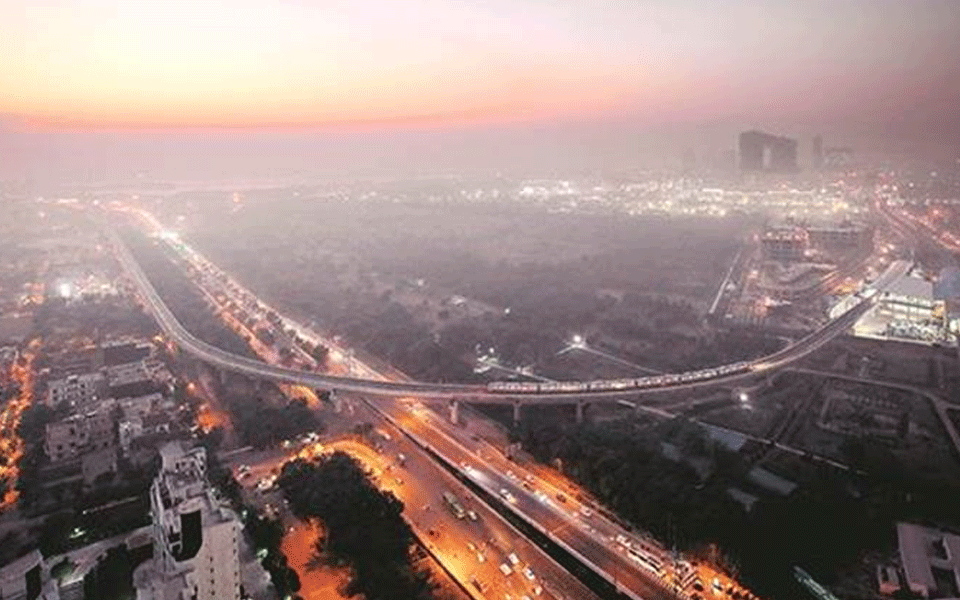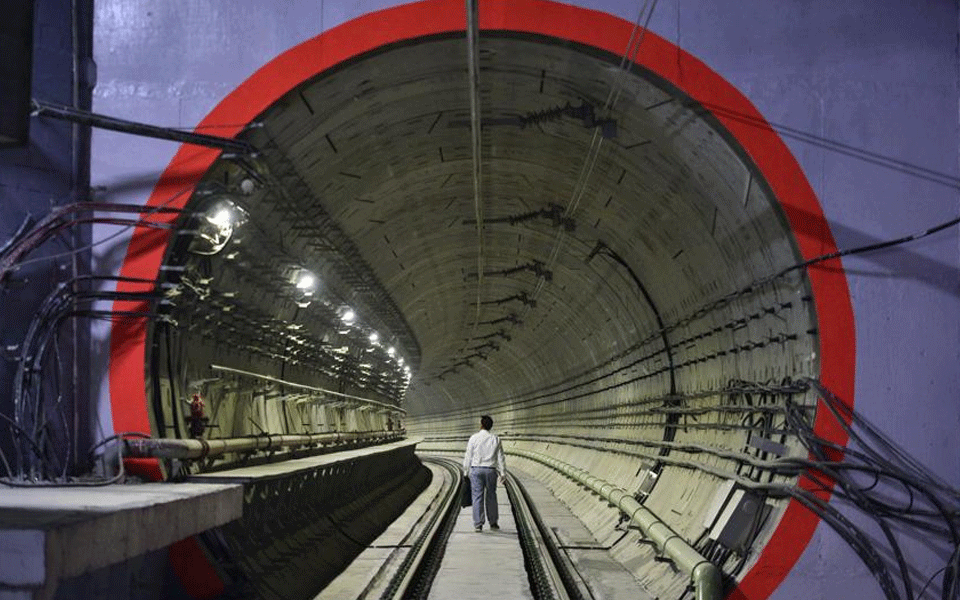New Delhi, May 28: Delhi Chief Minister Arvind Kejriwal and Union Urban Affairs Minister Hardeep Singh Puri on Monday inaugurated the remaining portion of Delhi Metro's Magenta Line, making operational the full service running from Noida's Botanical Garden to west Delhi's Janakpuri.
The 25-km stretch from Kalkaji Mandir in south Delhi to Janakpuri West station was the longest stretch to be inaugurated in one go.
The section of the line connecting Botanical Garden with Kalkaji Mandir was opened last December.
Using the line, commuters will be able to reduce travel time between Noida and Gurugram to 50 minutes from the current over 90 minutes.
There will be four interchange stations on the entire line, connecting commuters with Blue, Yellow, and Violet Lines at these points.
After flagging off the train, Kejriwal congratulated the Delhi Metro Rail Corp for the new line and said it will "bring down pollution and traffic from the roads".
Asked what became of the six new lines proposed under phase-IV, he said his government's Finance Department had some issues with some of the lines but "the decision is under consideration" and he will soon take it up in the Cabinet.
Pressed for his views on Phase-IV, Puri said: "We have full faith that with the support of the Delhi government, we will be able to work on this."
Before this he had said: "Delhi Metro now has a network of 277 km. By December this year, it will reach the 380-km mark."
Totalling 104 km, phase-IV has six lines which are waiting for the approval of the Delhi government. Its Finance Department in April cleared three of the six corridors, but ruled out the others as commercially unviable. However, a final decision is yet to be made.
Janakpuri West-R K Ashram (28.92 km), Mukundpur-Maujpur (12.54 km) and Lajpat Nagar-Saket G Block (7.96 km) were the ones which had got the government's nod, while the Rithala-Bawana-Narela (21.7 km), Tughlakabad-Aerocity (20.2 km) and Inderlok-Indraprastha (12.6 km) corridors failed to do so.

Let the Truth be known. If you read VB and like VB, please be a VB Supporter and Help us deliver the Truth to one and all.
Melbourne (PTI): Three Indian students were among 40 people injured in the terrorist attack on Sydney's Bondi Beach in Australia, according to a media report on Tuesday.
Two out of these three students are believed to be receiving treatment in the hospital, The Australia Today news portal reported.
The names of the Indian students injured during Sunday's attack have not been disclosed yet.
ALSO READ: Affront to non-Hindi speaking people: Chidambaram slams use of Hindi words in bills' names
The Indian students sustained injuries during the shooting, and their exact condition has not been formally confirmed yet, it said.
Naveed Akram, 24, and his father, 50, opened fire on a gathering during the Jewish festival Hanukkah by the Sea celebration.
At least 15 people were killed in the attack, including a 10-year-old child. Five of the injured remain in critical condition, while two injured police officers are in serious but stable condition, it added.
New South Wales Police Commissioner Mal Lanyon said the investigation is expanding as new information emerges, including international travel by the alleged attackers and the discovery of extremist material, the report said.





